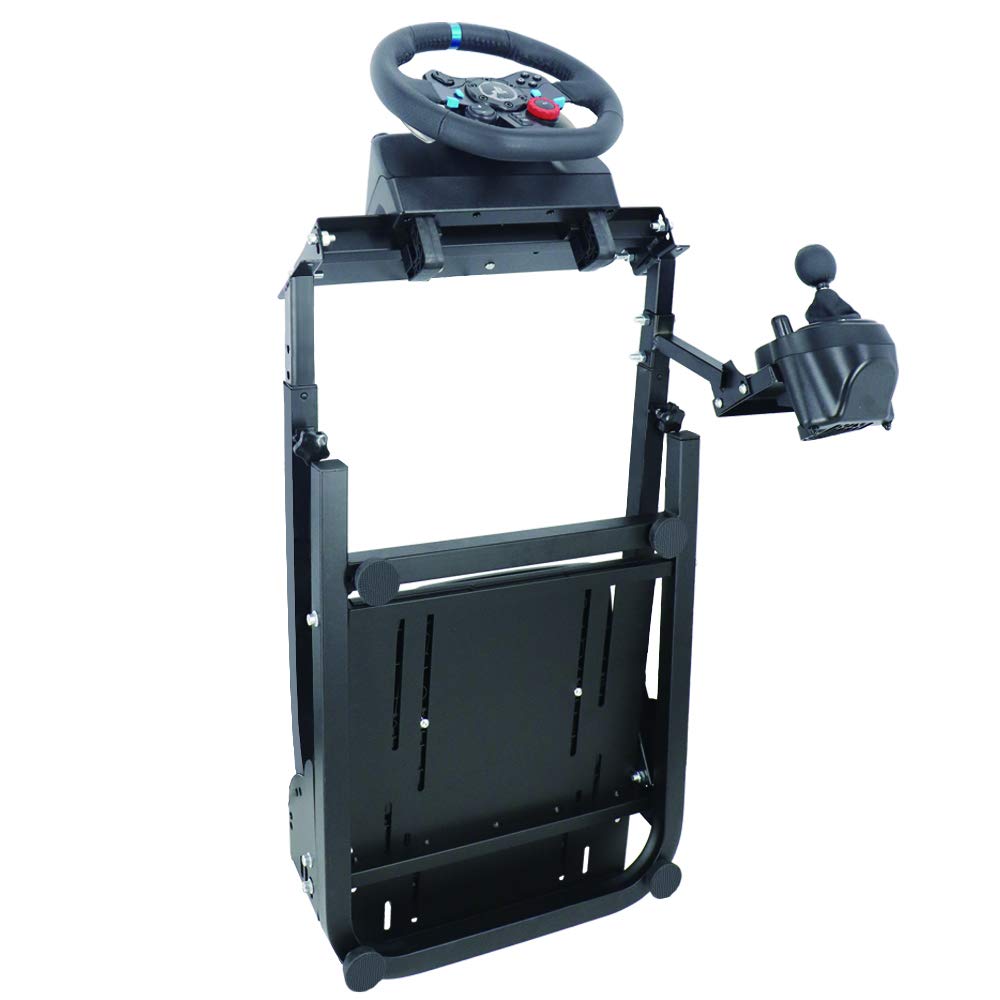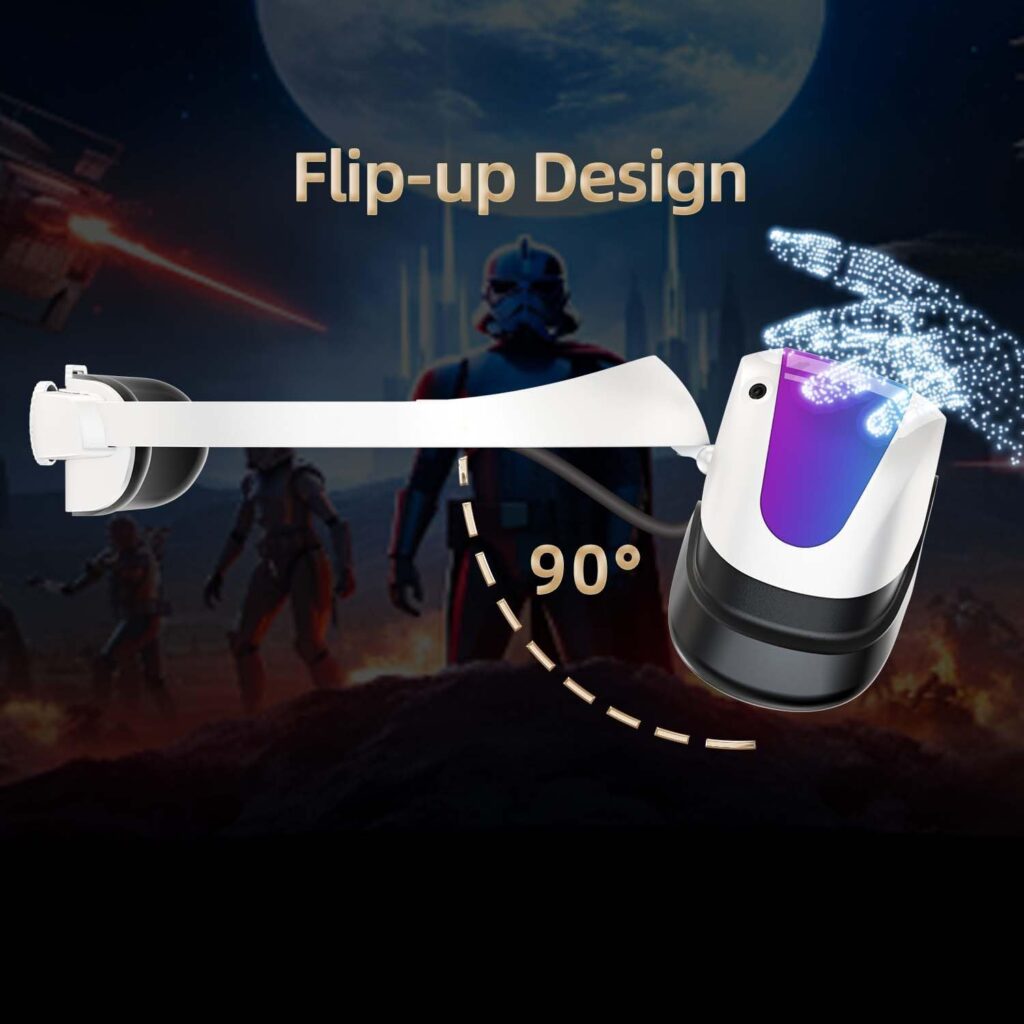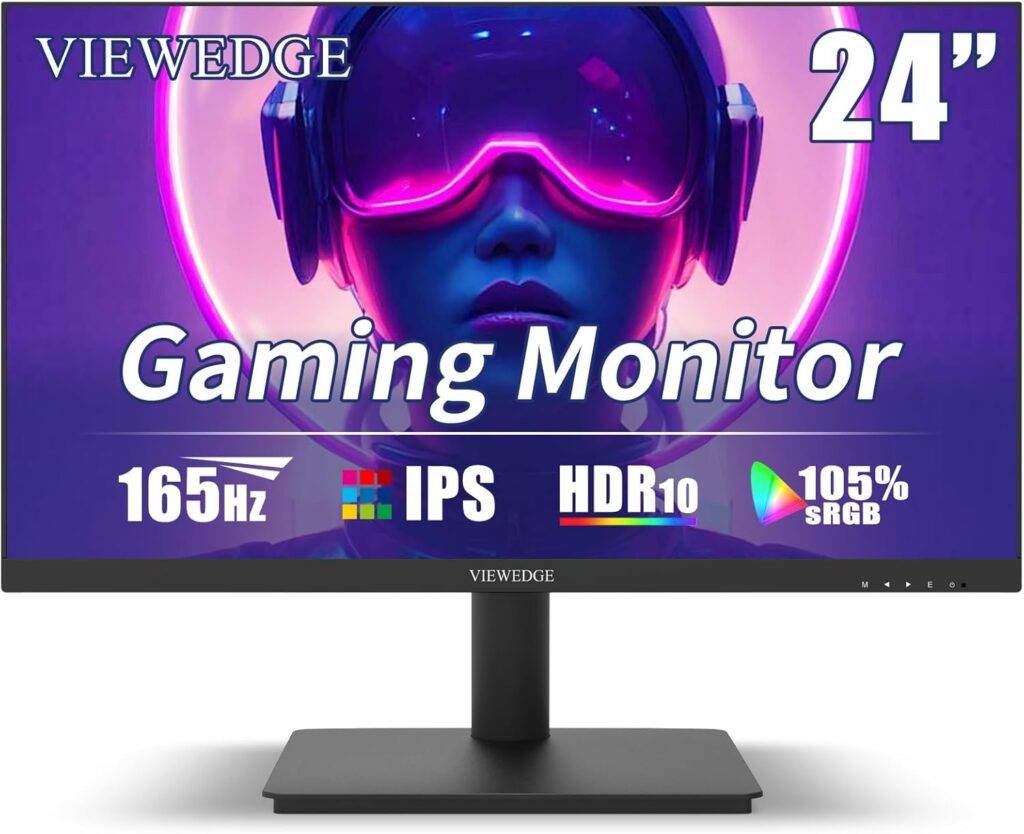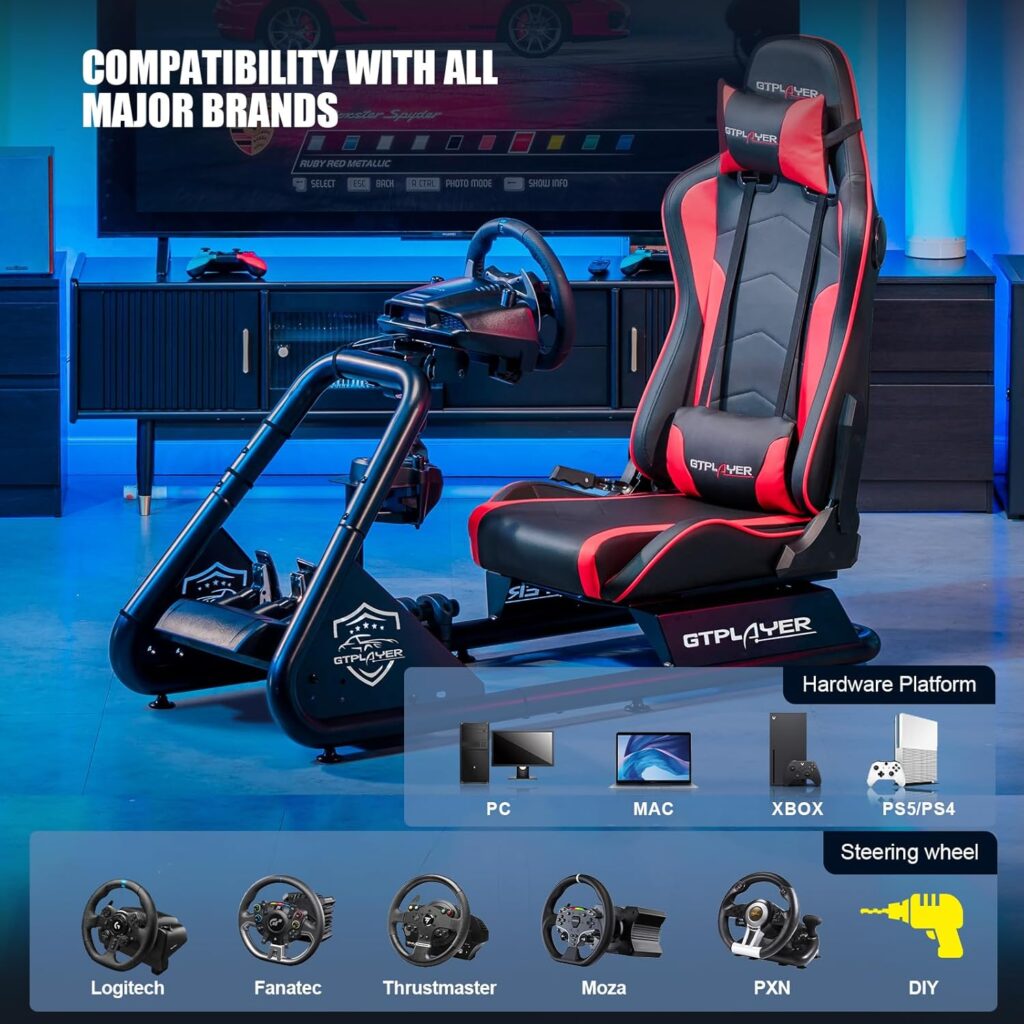Are you ready to step into the adrenaline-fueled world of racing simulators? Whether you’re a newcomer to the virtual racing scene or a seasoned gamer looking to upgrade your setup, selecting the perfect racing simulator to suit your needs can be a daunting task. With a wide range of options available in the market, it’s important to consider factors such as compatibility, realism, and features before making a decision. In this article, we will guide you through the process of choosing the right racing simulator for beginners, ensuring that you embark on your virtual racing journey with the right equipment and maximize your gaming experience.
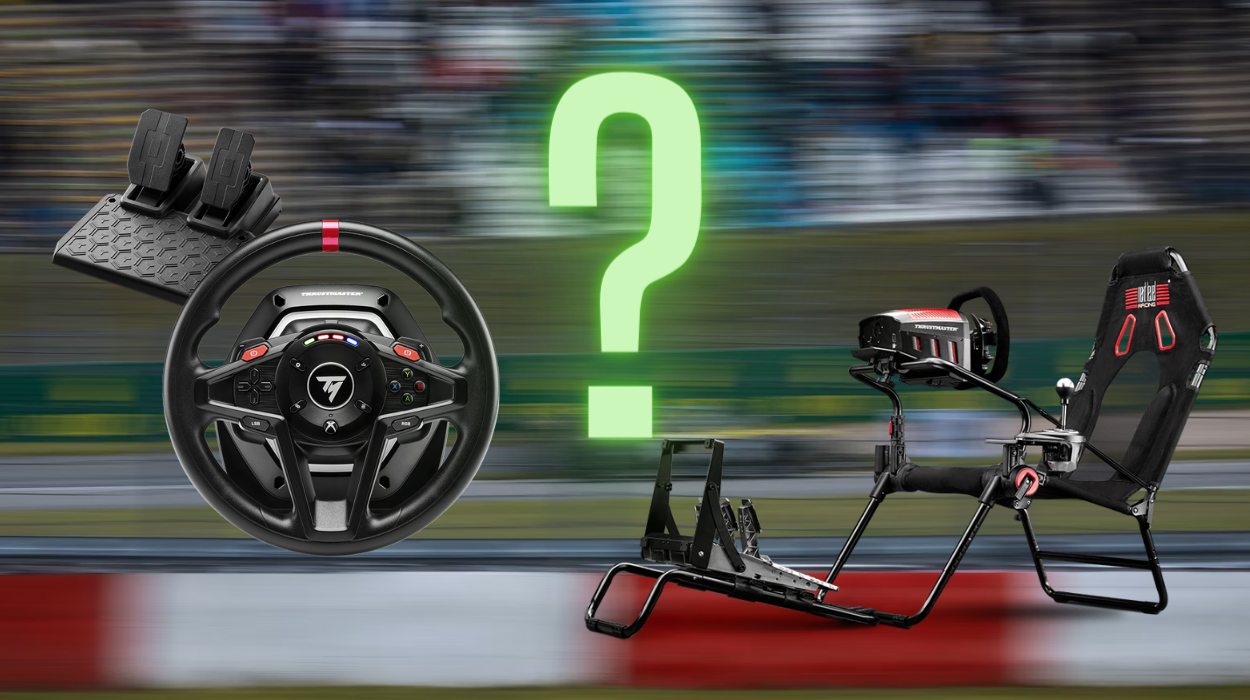
This image is property of cclonline.com.
Budget
Determining your budget
When it comes to choosing a racing simulator, one of the first things you need to consider is your budget. Racing simulators can vary greatly in price, from budget-friendly options to high-end setups that can cost thousands of dollars. Take some time to determine how much you are willing to spend on a racing simulator, keeping in mind that you may also need to budget for additional equipment and accessories.
Considering the cost of additional equipment
While the racing simulator itself may be the main expense, it’s important to also consider the cost of additional equipment. Depending on the type of simulator you choose, you may need to purchase a steering wheel, pedals, a shifter, and other accessories. These can add up quickly, so make sure to factor them into your budget.
Comparing prices of different simulators
Once you have determined your budget and considered the cost of additional equipment, it’s time to start comparing prices of different simulators. Look for simulators within your price range and compare their features, quality, and customer reviews. Remember, it’s not just about finding the cheapest option, but rather finding the best value for your money.
Simulator Type
Identifying the type of racing simulator
There are several different types of racing simulators available, each with its own pros and cons. Some common types include desktop simulators, cockpit simulators, and VR simulators. Consider your preferences and the level of realism you are looking for when identifying the type of racing simulator that suits you best.
Understanding the differences between various types
It’s essential to understand the differences between the various types of racing simulators before making a decision. Desktop simulators are typically more affordable and compact, making them ideal for beginners or those with limited space. Cockpit simulators, on the other hand, provide a more immersive experience but can take up more space and be more expensive. VR simulators offer the most realistic experience, but they require additional equipment and can be more expensive overall.
Deciding on the suitable simulator type
After considering your preferences, space limitations, and budget, it’s time to decide on the suitable simulator type for you. Think about what matters most to you – is it affordability, realism, or immersion? By weighing these factors and considering the differences between various simulator types, you can make an informed decision that aligns with your needs and preferences.
Compatibility
Checking compatibility with your gaming platform
Before purchasing a racing simulator, it’s important to make sure that it is compatible with your gaming platform. Some simulators are designed specifically for PC gaming, while others work with gaming consoles such as Xbox or PlayStation. Be sure to check the compatibility requirements of the simulator you are interested in and confirm that it will work with your chosen gaming platform.
Considering cross-platform compatibility
If you are someone who enjoys gaming on multiple platforms, it may be worth considering a racing simulator that offers cross-platform compatibility. This means that the simulator can be used with different gaming platforms, allowing you to switch between them without needing to purchase multiple simulators. This can be a convenient and cost-effective option for those who enjoy gaming on both PC and console platforms.
Ensuring compatibility with accessories
In addition to checking compatibility with your gaming platform, it’s also crucial to ensure compatibility with any accessories you plan to use with your racing simulator. This includes steering wheels, pedals, shifters, and other peripherals. Make sure that the simulator you choose supports the accessories you already own or plan to purchase. Otherwise, you may need to invest in additional accessories or find alternatives that are compatible with your simulator.
Features and Options
Analyzing available features
When choosing a racing simulator, take the time to analyze the available features. Look for features that enhance the realism and immersion of the simulator, such as force feedback steering wheels, adjustable pedal sets, and realistic sound systems. Additionally, consider features like motion platforms or VR compatibility if you want to take your racing experience to the next level.
Considering realism and immersion
For many racing enthusiasts, the level of realism and immersion offered by a simulator is a crucial factor to consider. Look for simulators that can accurately replicate the feel of driving a real car, such as those with force feedback technology that provides realistic resistance in the steering wheel. Immersive features like surround sound systems and VR compatibility can also enhance the overall experience by making you feel like you’re actually on the track.
Reviewing customization options
Customization options can greatly enhance your racing simulator experience. Look for simulators that allow you to customize settings such as steering sensitivity, pedal responsiveness, and seat position. This will allow you to tailor your experience to your liking and make the most out of your simulator.
Exploring multiplayer and online capabilities
If you enjoy racing against others, consider simulators that offer multiplayer and online capabilities. These features allow you to compete against friends or even participate in online racing leagues or tournaments. This can add a new level of excitement and challenge to your racing experience, as well as provide opportunities to connect with other racing enthusiasts from around the world.
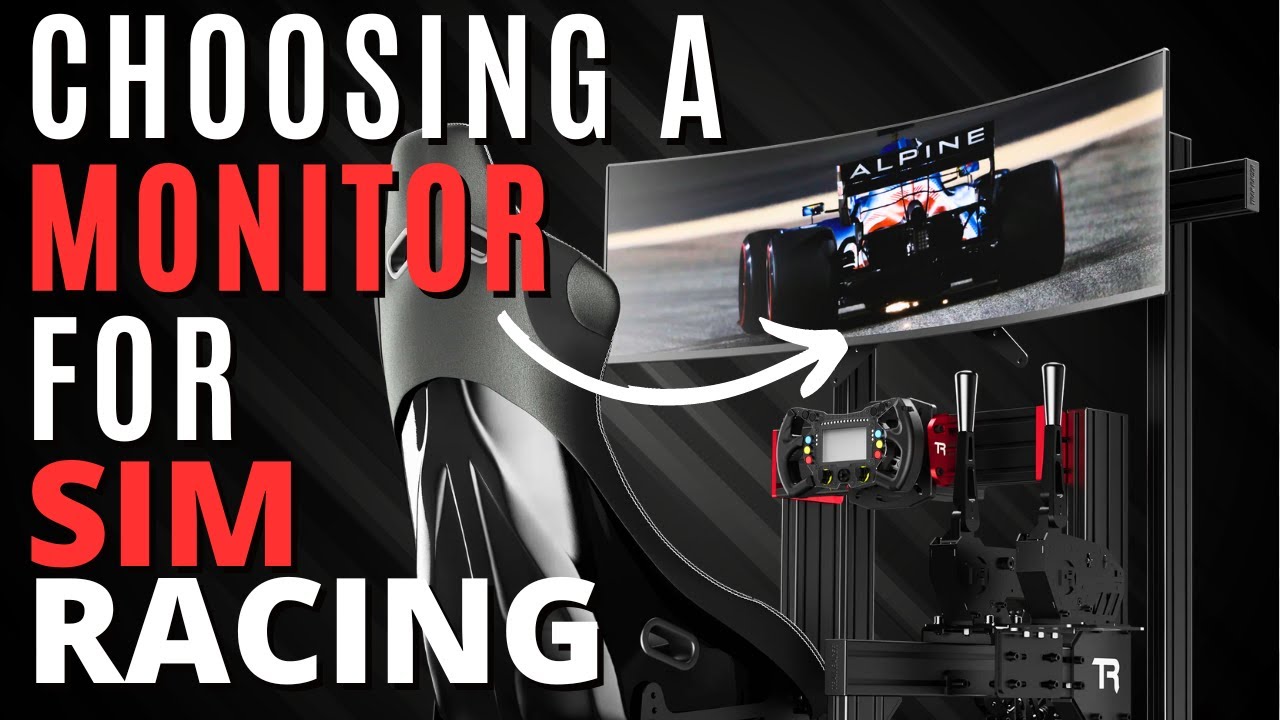
This image is property of i.ytimg.com.
Quality and Durability
Researching brand reputation
When investing in a racing simulator, it’s important to research the reputation of the brand you are considering. Look for well-established and reputable brands that are known for producing high-quality and durable simulators. Reading reviews and customer feedback can also give you valuable insights into the quality and reliability of a particular brand.
Reading customer reviews
Customer reviews can provide valuable information about a racing simulator’s quality and durability. Take the time to read reviews from other users who have purchased and used the simulator you are interested in. Pay attention to any common issues or complaints, as well as positive feedback about the performance and longevity of the simulator. This will give you a better idea of what to expect and help you make an informed decision.
Examining build materials
The build materials used in a racing simulator can greatly impact its quality and durability. Look for simulators that are made from sturdy and durable materials, such as metal frames and high-quality plastics. Avoid simulators that feel flimsy or cheaply made, as they are more likely to break or wear out quickly.
Considering warranty and support
When purchasing a racing simulator, it’s important to consider the warranty and support offered by the manufacturer. A good warranty can provide peace of mind and protect your investment in case of any defects or issues with the simulator. Additionally, check if the manufacturer offers reliable customer support to assist you with any questions or concerns you may have.
Space Requirements
Determining the available space for the simulator
Before purchasing a racing simulator, it’s essential to determine the available space you have for setup. Racing simulators can vary in size, so make sure to measure the area where you plan to place the simulator. Consider factors such as the height and width of the simulator, as well as any additional space needed for peripherals and comfortable seating.
Considering the dimensions and setup
Once you know the available space, consider the dimensions and setup requirements of the simulator you are interested in. Some simulators may require more space due to their design or additional features. Take into account the dimensions of the simulator when fully assembled, as well as any specific setup instructions provided by the manufacturer.
Accounting for additional peripherals
In addition to the simulator itself, you may also need to account for additional peripherals and accessories when considering the space requirements. Steering wheels, pedals, and other accessories can take up extra room, so make sure to leave enough space for comfortable and convenient use. It’s also important to consider the seating arrangement and ensure that it provides proper support and comfort during long racing sessions.
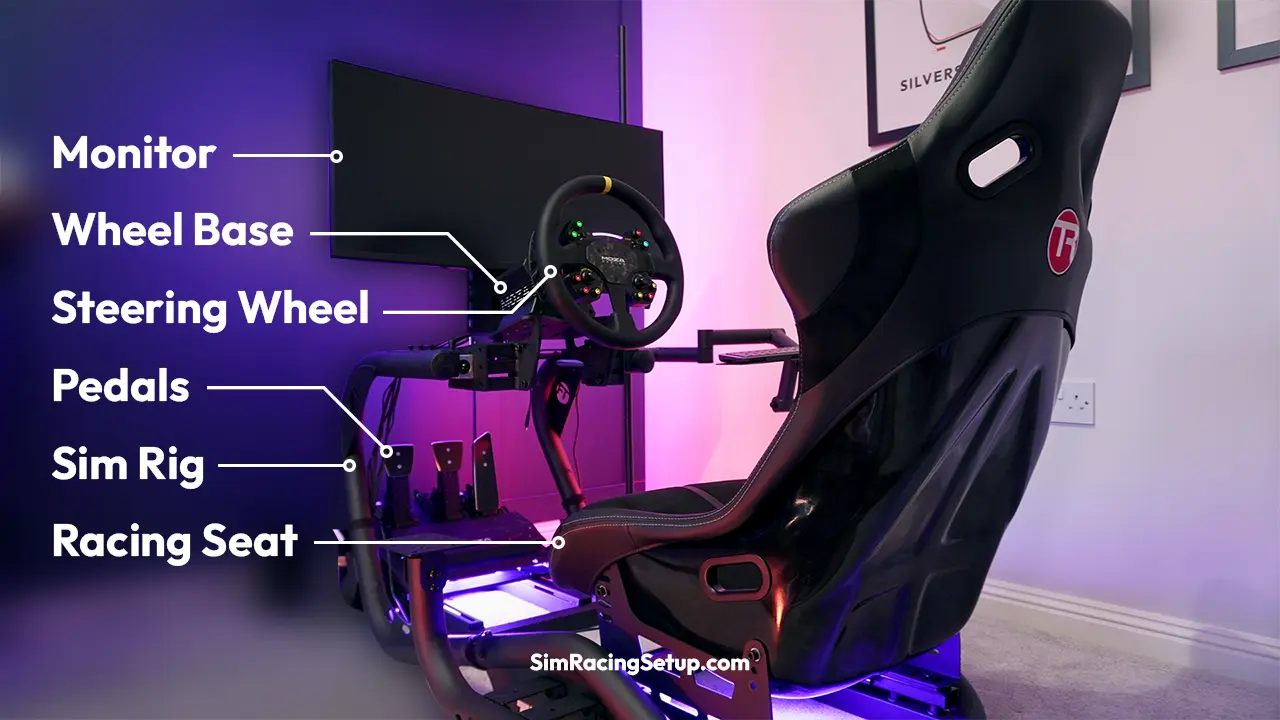
This image is property of simracingsetup.com.
Ease of Setup and Use
Understanding the setup process
Before purchasing a racing simulator, it’s important to understand the setup process involved. Some simulators may require more time and effort to set up, while others may come preassembled or have simple assembly instructions. Consider your own technical skills and the time you are willing to invest in the setup process when choosing a simulator.
Checking for compatibility with your setup skills
If you are not familiar with setting up electronics or gaming equipment, it’s important to check for compatibility with your setup skills. Look for simulators that come with clear and user-friendly instructions, as well as any necessary tools or accessories. Additionally, consider watching tutorials or reading user guides to get a better understanding of the setup process before purchasing.
Considering user interface and controls
The user interface and controls of a racing simulator can greatly impact the overall user experience. Look for simulators that have intuitive and easy-to-use interfaces, as well as responsive controls. Consider whether you prefer a simulator with physical buttons and knobs or one with a touchscreen interface. Choosing a simulator with a user-friendly interface and controls will make it easier and more enjoyable for you to navigate through menus, adjust settings, and control your virtual race car.
Exploring available tutorials and guides
If you are new to racing simulators, it can be beneficial to choose a simulator that offers tutorials or guides to help you get started. These resources can provide valuable tips and instructions on how to set up your simulator, adjust settings, and improve your racing skills. Look for simulators that have a strong online community or dedicated support channels where you can access tutorials and user guides.
Simulator Software
Researching available simulation software
The simulation software used in a racing simulator plays a significant role in the overall racing experience. Take the time to research the available simulation software options for the simulator you are interested in. Look for software that offers a wide variety of tracks and cars, as well as realistic physics and graphics. Reading reviews and watching gameplay videos can give you a better idea of the quality and features of different simulation software.
Analyzing the variety of tracks and cars
When choosing a racing simulator, it’s important to consider the variety of tracks and cars available in the simulation software. Look for software that offers a diverse range of tracks, including famous circuits and challenging road courses. Additionally, check if the software includes a wide selection of cars from different eras and classes. A good variety of tracks and cars will keep your racing experience fresh and exciting.
Considering modding capabilities
Modding refers to the ability to modify or customize the simulation software to add new tracks, cars, or other features. If you enjoy customization and want to expand your racing experience, consider simulators that offer modding capabilities. This allows you to download and install user-created content, giving you access to a virtually unlimited amount of additional tracks, cars, and other content. Modding can greatly enhance the longevity and replayability of your racing simulator.
Exploring online communities and updates
An active online community can greatly enhance your racing simulator experience. Look for simulators that have a dedicated online community where you can connect with other racing enthusiasts, participate in online races, and share your achievements and experiences. Additionally, check if the simulation software receives regular updates and improvements to ensure that you have access to the latest features and content.
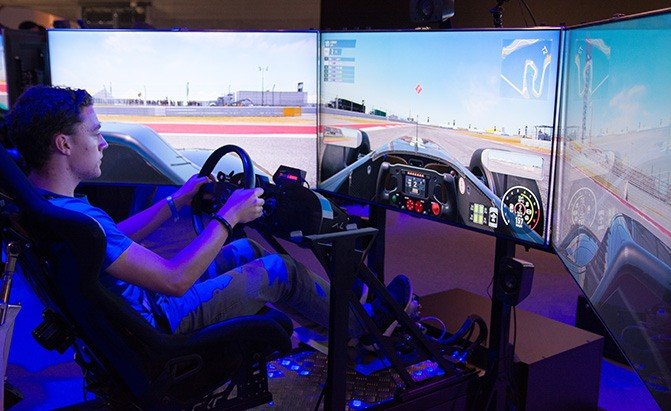
This image is property of cdn-fastly.autoguide.com.
Accessories Compatibility
Determining compatibility with necessary peripherals
When purchasing a racing simulator, it’s important to ensure that it is compatible with the necessary peripherals you need for an immersive racing experience. This includes steering wheels, pedals, shifters, and other accessories. Check if the simulator supports the specific brand and model of peripherals you own or plan to purchase. Some simulators may have limitations or restrictions when it comes to accessory compatibility, so it’s crucial to double-check before making a purchase.
Considering expansion options
If you are someone who likes to customize and expand your racing setup over time, consider simulators that offer expansion options. This can include the ability to add additional accessories or upgrade certain components of the simulator. By choosing a simulator with expansion options, you can start with a basic setup and gradually expand and enhance it as your budget and preferences allow.
Evaluating the costs of additional accessories
In addition to considering compatibility, it’s also important to evaluate the costs of additional accessories. Depending on the simulator you choose, you may need to purchase a steering wheel, pedals, a shifter, and other peripherals separately. Take into account the cost of these accessories and factor them into your overall budget. Make sure to choose accessories that are not only compatible with your simulator but also offer good quality and performance.
Long-Term Potential
Scalability and upgradability
When investing in a racing simulator, it’s important to consider its scalability and upgradability. Look for simulators that allow you to upgrade certain components or add new features over time. This will give you the flexibility to adapt and grow your racing setup as your skills and preferences evolve. A simulator with good scalability and upgradability can provide long-term enjoyment and value.
Considering future software and hardware compatibility
As technology continues to advance, it’s important to consider the future software and hardware compatibility of your racing simulator. Look for simulators that are compatible with the latest racing simulation software and hardware advancements. This will ensure that you can continue to enjoy new features, graphics, and content as they become available without needing to invest in a completely new simulator.
Evaluating the possibility of expanding your setup
Think about your long-term goals and whether you may want to expand your setup in the future. If you have the space and budget, you may eventually want to add multiple monitors, motion platforms, or even a dedicated sim racing cockpit. Choosing a simulator that offers compatibility and integration with these expansion options will allow you to build upon your setup gradually and customize it to your liking.
In conclusion, choosing the right racing simulator for beginners involves considering multiple factors such as budget, simulator type, compatibility, features and options, quality and durability, space requirements, ease of setup and use, simulator software, accessories compatibility, and long-term potential. By taking the time to evaluate each of these aspects and align them with your preferences and goals, you can find a racing simulator that provides an enjoyable and immersive racing experience for years to come. Happy racing!

